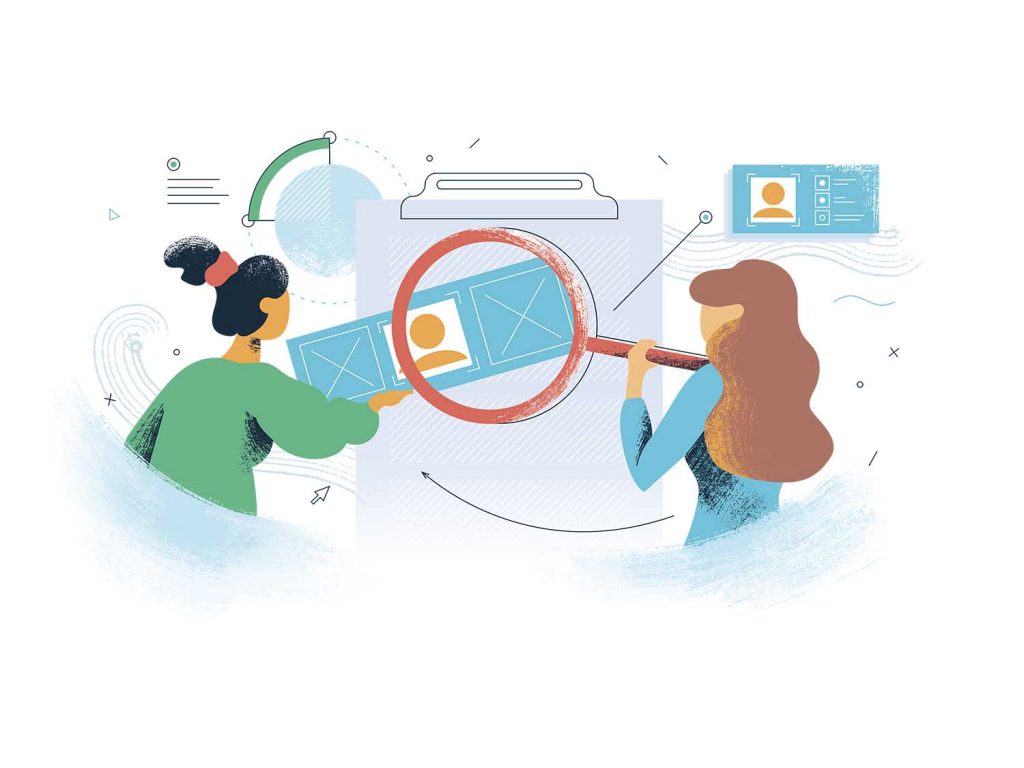Working on the reputation of a product never translated to more digits in ARR — until now.
Word of mouth is all good and dreamy, until it’s not. I.e. until we’re talking about negative word of mouth.
The idea of this tweet was mentioned before in some other articles here and the benefit of having this in mind is not cynicism and bitterness. Not the “woe is me” attitude.
Rather, the purpose of it was to raise awareness around:
A) Tuning in to what people actually want and don’t want, without going through old-school ways like gruesome questionnaires.
B) Reading user feedback properly. Meaning: asking people can result in hearing what’s at the middle of this boring-interesting interval. The answers at the extreme ends will make their way to you, should you know how to read (explained later).
The focus here
When people stop using your product, depending on the vision of the CEO and, subsequently, the attitude of the company, they can leave in different manners.
Type #1 of churn is the desired one, which I’ll show in a second. I wrote a post called “Don’t hold users hostage, facilitate their exit” which made the rounds on Hacker News and within some emails.
Here’s what a user mentioned:
“I cancelled Basecamp today, because it didn’t fit with my workflow, and the whole thing was easy. So much so, I would probably be using it again in the future (I work mostly by myself, need a “master todo list” and with many different teams, Basecamp doesn’t fit this working style, but nothing I’ve tried does). I’ll recommend Basecamp to larger teams, and part of that is the exit.
Here’s what Basecamp did:
– On their monthly receipt email, they have a link directly to the cancel option.
– They remind you to get your data on the way
out, and give a link, right there, to go get it– They give you your data
– They cancel straight
away, and ask if it’s ok to survey you (optional).After reading the book It doesn’t have to be crazy at work (https://basecamp.com/books/calm ) I understood the mentality perfectly. I wish them all the best for their product.”
Nothing to comment further from my side except the fact that this is flawless execution. Again, not every company can afford to handle situations this way, but in
The first reply to that comment was this: “Had the same experience with Basecamp, except after cancelling, circumstances changed and now we’re paying customers. It’s not common to encounter a company these days that thinks the customer experience is more important than the quarterly revenue numbers.”
Type 2 of churn is the undesired one, which is also the norm. After some people unsubscribe, they don’t cry out loud. Like the tweet mentioned crying “in a quieter way”, the same can be said here, which is:
“If users leave your product with a bad taste, they will almost cry out loud about it.”
By that I mean people won’t go on Twitter and Facebook and post about it. Probably in a conversation, if it’s brought up, they’ll simply mention how they’ve used [ product name here ], but that it wasn’t great.
And it stops there. That’s a double loss because:
- There’s cost of opportunity in not having the feedback Basecamp had above in quote #2, where the user later resubscribed to them.
- It’s an invitation for the second user to “not even bother with them”
Type 3 of churn is the truly undesirable one, which means people actually go out their way on Twitter and Google Maps reviews to demonise your company. If that’s the case, this article is not for you, there are bigger problems that need to be handled.
Why that is now more important than ever

We know why. We hear it everywhere. It’s the age of social media and “the customer is always right”, they say — I beg to differ on the second part of the sentence.
Indeed, your product can have reviews on websites like Product Hunt or Capterra but we, as a society, are past a point where we believe every “customer who is likely to be right” — at least those who you target are like this.
“Fact check” and “fake news” came up as phrases because of the Internet and the way we’ve evolved. We don’t believe anymore literally everything we’re told. But we’re biased by it.
We’re humans and our ancestors, those who managed to survive and reproduce, used this very-time-saving concept of social proof. But my point here is that with the “bad word of mouth” kind of event, it’s not social proof anymore. It’s an unfolding event in front of yours. Why?
Companies (and more importantly, CEOs) can now step in and answer a complaint on the internet.
That, I think, is the solution.
I wrote this some time ago: “When I choose something as option-abundant as a barber or some other day-to-day service, I look at this: do they answer to complaints on Google Maps reviews?
I don’t mind them making mistakes — everyone does. Will they blame it on me without even listening or will there be a mature human being with whom I can talk, in case shit goes wrong?”
And look, even if you’re not really on this train of “making things better for people” and are a person who thinks people are 100% motivated by self-interest and there’s no such thing as kindness: doing it still helps.
By simply answering a complaint, I can’t know what happens next. It’s the end of the story. Google Maps, for one, can’t let the reviewer reply anymore. And I, the observer of this exchange of replies, will only skim quickly through the “conversations”, as I’m short on time to make an assessment about you.
So again, if you’re that type of person, replying and then not caring what happens still matters — not recommending it though.
The catch around doing this
It has to be a non-generic reply. If you’re copy-pasting an answer saying the same thing to everyone, people will catch on to that.
A simple (visible) alteration from answer to answer goes a long way — it shows there’s actually a human being on the company’s end.
It could be as simple as calling the reviewer by their name, if they left it (sometimes they’re called 3847xlol38 on the App Store), or by asking a different question and inviting them to reply on that specific email address.
“Hello X, sorry to hear about your terrible experience, please email me [email protected] so I can investigate this case further!” — that’s a no.
Where does this apply
- Google Maps
- App Store/Google Play Store
- Yelp
- Product Hunt
- Cap Terra
Trustilot - G2Crowd
- Obviously, wherever your users leave reviews
For Twitter, LinkedIn and Reddit in particular I’d use the search function.
The bottom line
Negative word of mouth is more important than ever.
One bad review can become a top comment on an all-time-highest-voted post in a niche forum that says at the end “P.S: I’ve tried [insert product name here] and it’s not worth the time”.
The solution, if that happens: jump in and say hi. If possible, as the CEO.
About Ch Daniel
I run Chagency_, an experiences design agency — we help SaaS CEOs reduce user churn. I write daily on this topic and in similar areas. Here are my best pieces.
If I’ve helped you, follow me here and reach out: LinkedIn | Twitter | Email | Quora | YouTube
I’ve also founded an app (among others) that has got 6 digits in # of users — chdaniel.com/app
If you want a more of a personal connection, here’s how to have that.




